Princeton University library is the fortunate new owner of 84 books, 54 broadsides, and several hundred pieces of printing ephemera handset, hand-printed, and mostly hand-bound by the Mexican master printer Juan Pascoe at the Taller Martín Pescador.

Francisco Segovia, Alquimia de la luz, 1979.
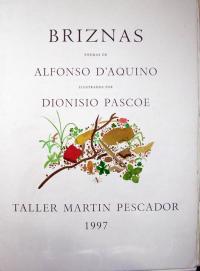
Alfonso D’Aquino, Briznas: poemas;
ilustrados por Dionisio Pascoe, 1997.
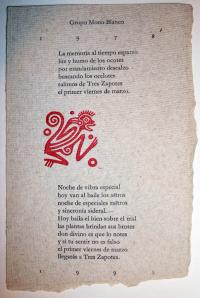
Tarjeta para el 20 aniversario del Grupo Mono Blanco (White Monkey, Pascoe’s musical ensemble), 1998.
Born in Chicago in 1946, Pascoe was educated in the United States, while spending vacations at his father’s home in Mixcoac, outside Mexico City. He learned the art of letterpress printing at the age of 25 as an apprentice to Harry Duncan at the Cummington Press in West Branch, Iowa. When Pascoe moved full-time to Mexico in 1973, he set-up a print shop with a renovated nineteenth-century R. Hoe Washington handpress and sets of Spectrum and Garamond type, with Castellar for titling and initials. In 1975, Pascoe established his own imprint, named the Taller Martín Pescador (Kingfisher Workshop) at the suggestion of the writer Roberto Bolaño.

Cartel de El Cuento del Venerable Mono, 2003.
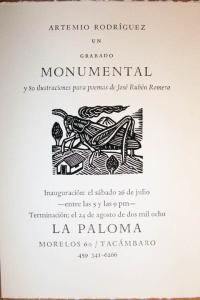
Artemio Rodriguez exhibition poster
From the beginning, Pascoe set all the type by hand, inked and printed each page, and personally sewed each quire into their unpretentious paper covers. As his reputation grew, the projects became more elaborate but the technology remained the same. Authors published at the press include some of the major name in Latin American literature such as Octavio Paz, Gabriel Garciá Márquez, Efraín Huerta, Juan José Arreola, Roberto Bolaño, José Luis Rivas, and Francisco Segovia.

Juan Pascoe, La Mona, 2002

Poemas de Raul Renan: catulinarias & saficas, grabado de Dionisio Pascoe, 1979
Since 1981, Pascoe has worked in a shop outside Tacámbaro, Michoacán. After years researching and published texts on the history of Mexican typography and printing, Taller Martín Pescador has become the foremost source for traditional Mexican graphic arts as well as innovative Latin American literature and poetry.
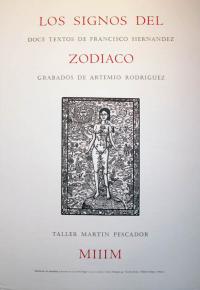
Cartel de Los signos del zodiaco: doce textos/ escritos por Francisco Hernandez, 1997
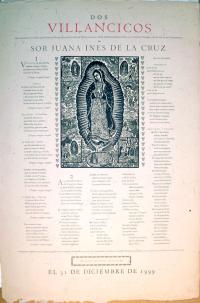
Cartel de Dos Villancicos de Sor Juana Ines de la Cruz, 1999
For more information, continue below.
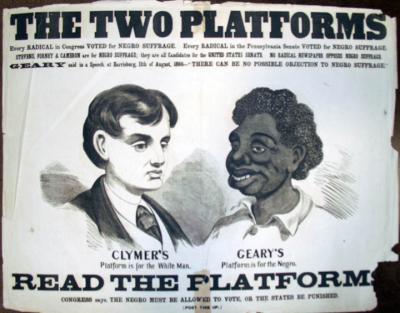
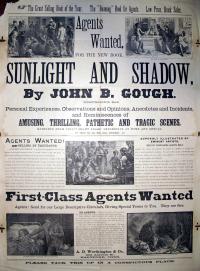
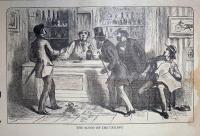

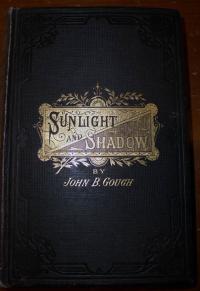
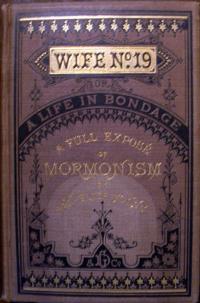


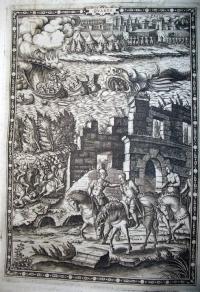
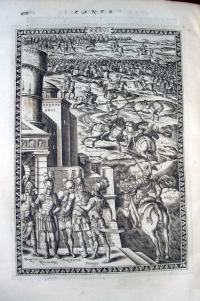
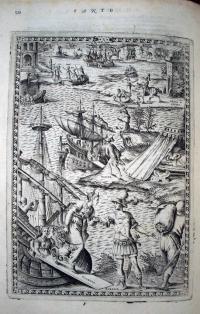
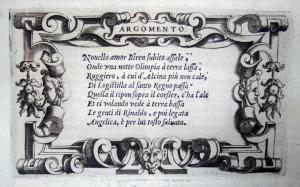
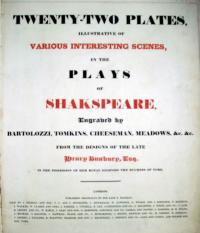
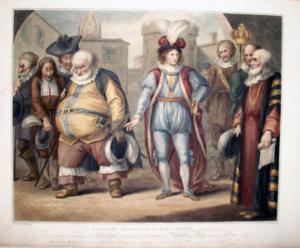
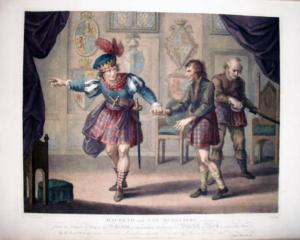
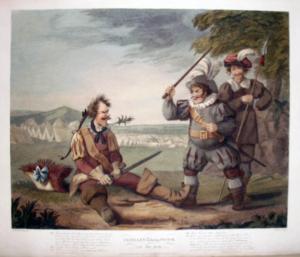
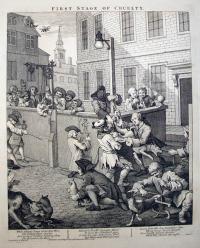
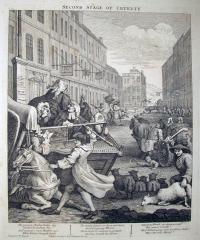

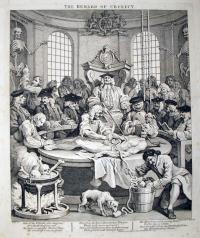
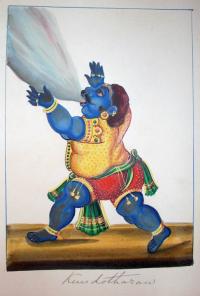
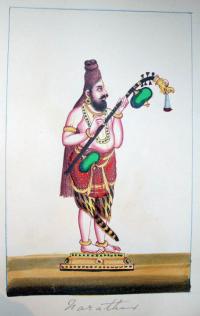
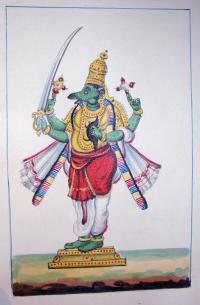
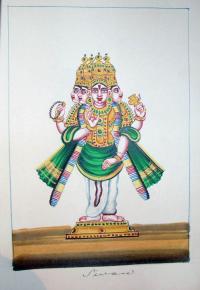
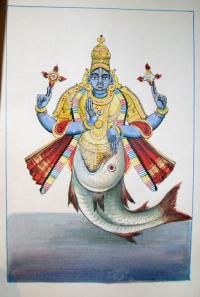
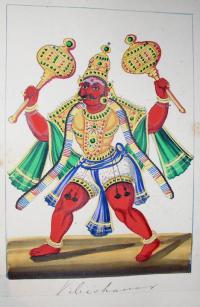
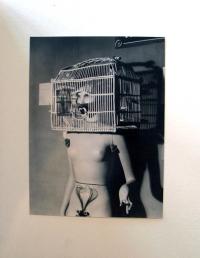
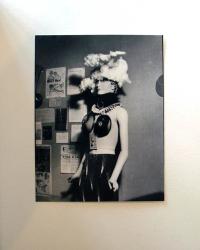
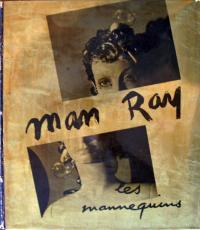
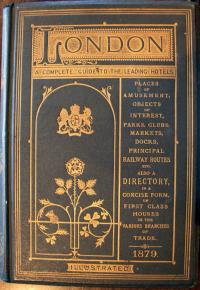
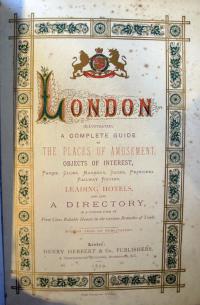
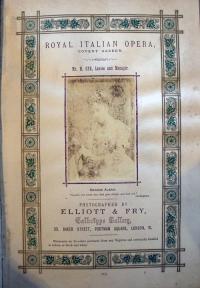
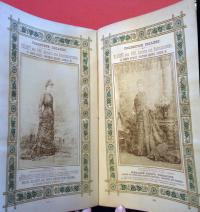
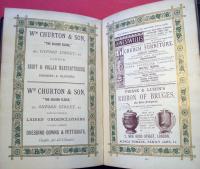
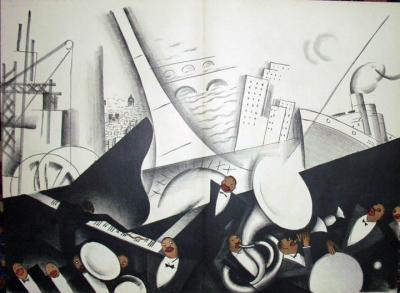
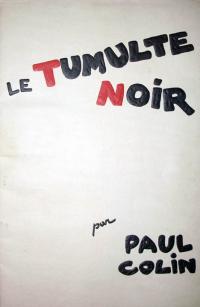
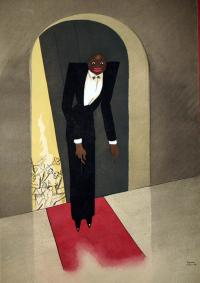

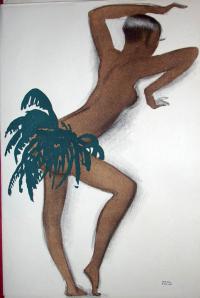
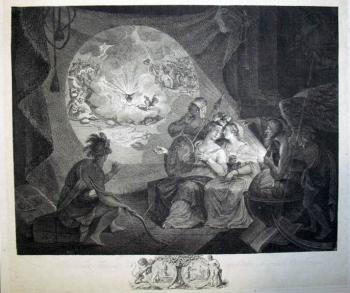
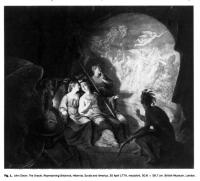


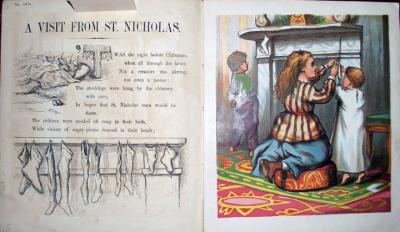
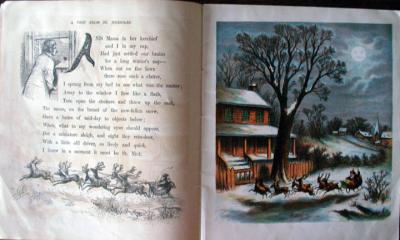
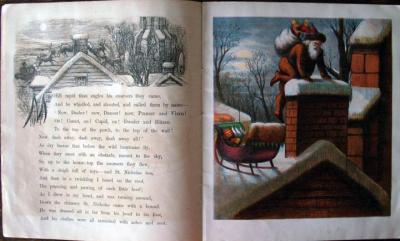
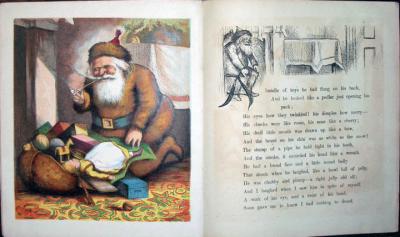
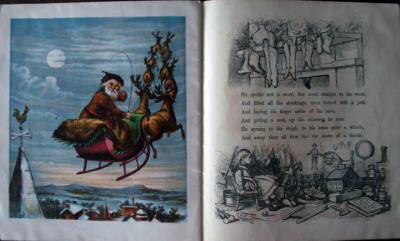










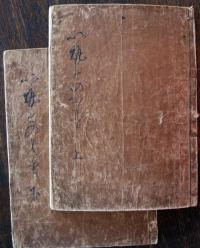
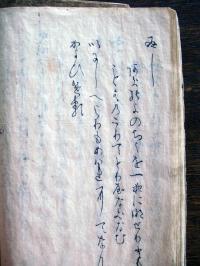
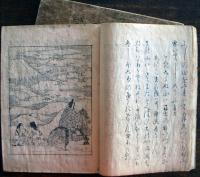
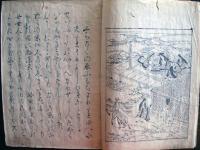
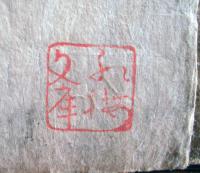
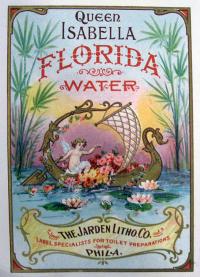


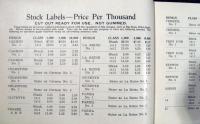
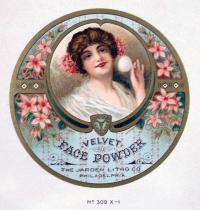
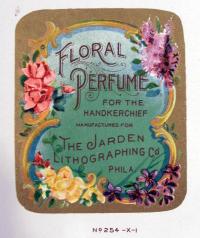


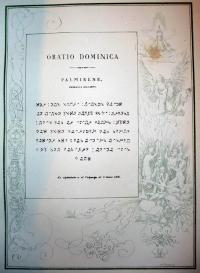
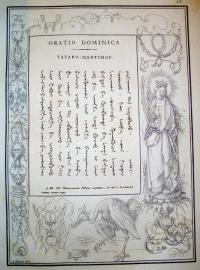
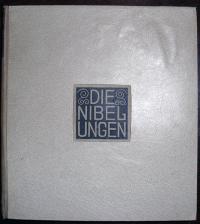
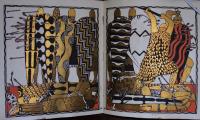
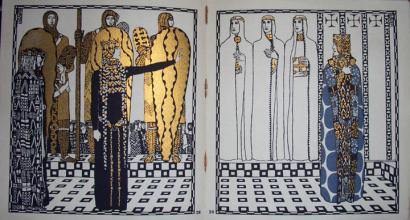
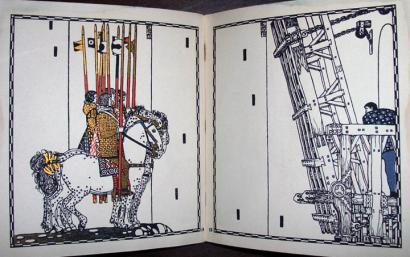
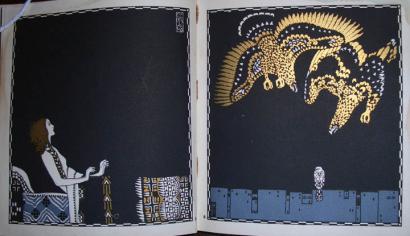
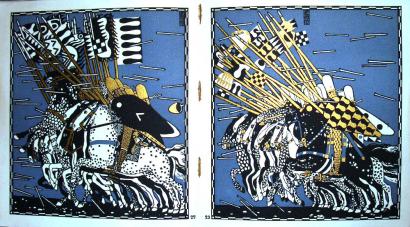
Recent Comments